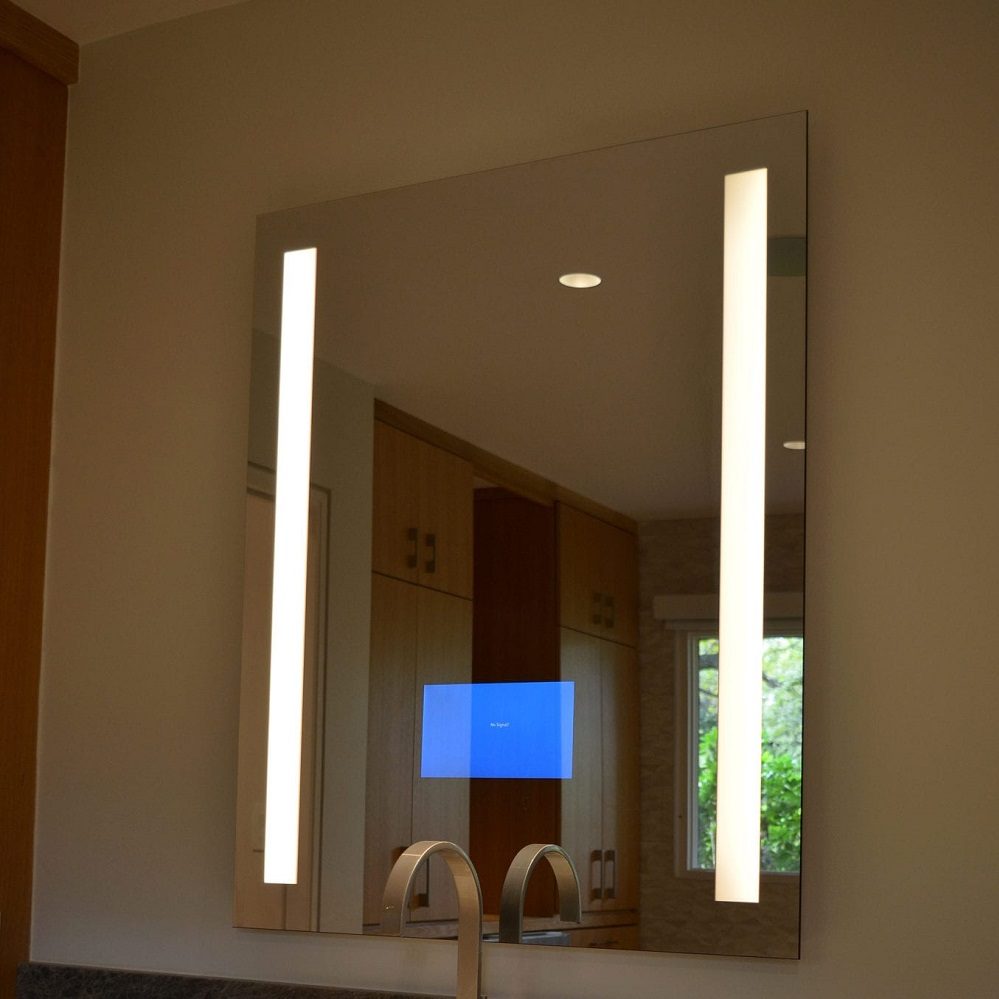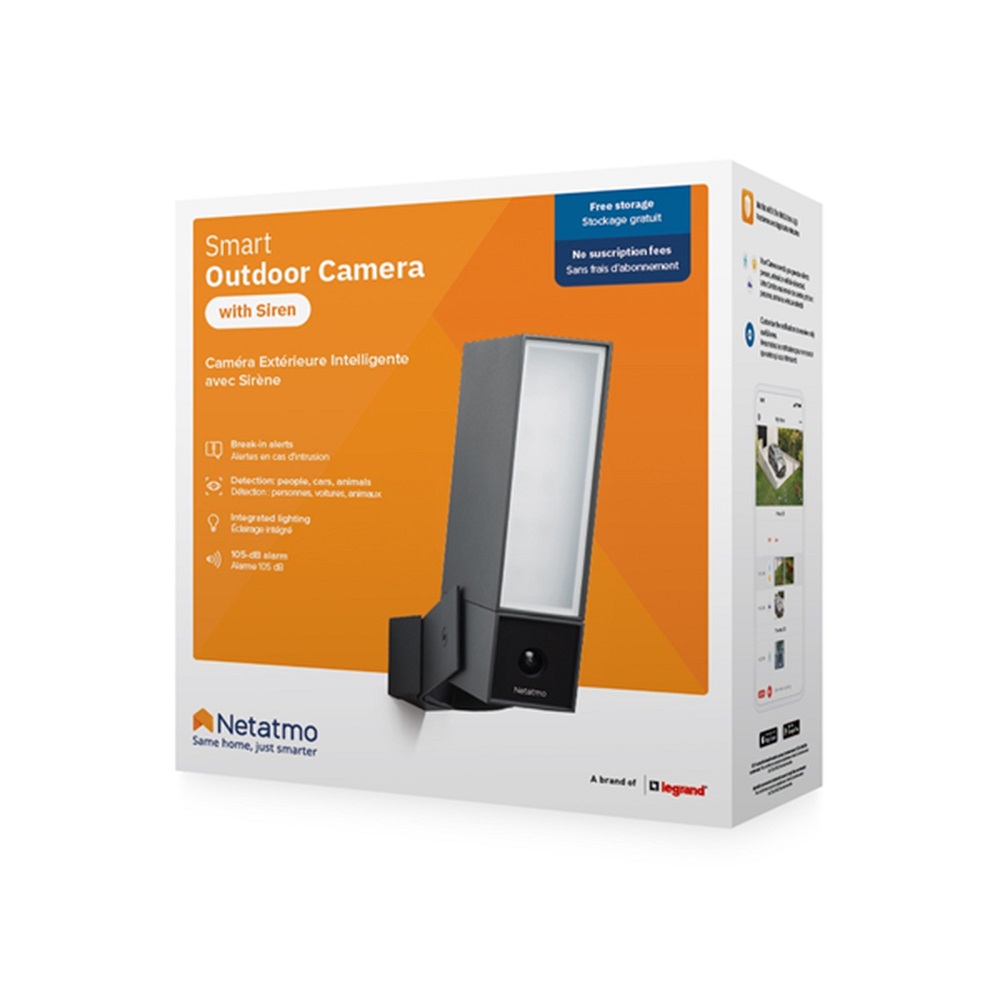Introduction to Alamo Smart Home
Welcome to the world of Alamo Smart Home, where comfort, convenience, and connectivity come together to enhance your living experience. Alamo Smart Home systems allow you to manage your household devices and appliances with ease, giving you control over your environment with the tap of a button or a simple voice command.
The essence of Alamo Smart Home lies in its seamless integration capabilities, transforming your house into a cutting-edge, intelligent space. From lighting and heating to security and entertainment, Alamo Smart Home integrates a variety of components that work in harmony to create a smart ecosystem unique to your lifestyle.
Embracing Alamo Smart Home technology means you’re adopting a lifestyle of convenience and modernity. Whether you are home or away, you can monitor and control your living space, ensuring peace of mind and efficient energy use. This guide provides a comprehensive overview of how to integrate and use Alamo Smart Home systems effectively in your household. Let’s embark on this journey towards a smarter home.
Key Components of Alamo Smart Home Systems
When setting up your Alamo Smart Home, understanding the key components is crucial. These devices are the building blocks of your smart home ecosystem, facilitating the seamless interaction between technology and convenience in your daily life.
Smart Hubs and Controllers
The smart hub is the brain of your Alamo Smart Home system. It connects to your home’s Wi-Fi network, allowing you to manage all your smart devices from one central point. This could be a physical device, or a mobile app, ensuring easy access to control your home’s functions.
Intelligent Lighting
Intelligent lighting allows you to adjust the ambiance of any room with ease. With Alamo Smart Home, you can program lights to turn on or off at set times or control them remotely, saving energy and enhancing security.
Smart Thermostats
Control your home’s temperature with smart thermostats. They learn your preferences and schedule to provide comfort while optimizing energy usage, even when you’re not at home.
Security Cameras and Systems
Security is a key part of the Alamo Smart Home. With cameras and systems integrated into your network, you can monitor your home in real time for peace of mind.

Entertainment Systems
Alamo Smart Home also covers your entertainment needs. Connect your audio and visual devices to the smart home system to create the perfect viewing or listening experience.
Sensors and Alarms
From motion sensors to smoke alarms, these components ensure your home is not only smart but also secure. They provide timely alerts and can be managed remotely.
Each of these components plays a vital role in creating a comprehensive Alamo Smart Home. Installing and connecting them correctly can transform your living space into an oasis of comfort and efficiency.
Step-by-Step Guide to Integrating Alamo Smart Devices
Integration of your Alamo Smart Home devices is a straightforward process. Follow these simple steps to get started.
Choose Your Central Hub
Select a central hub or app that will control all your smart devices. Connect it to your Wi-Fi network.
Install Your Smart Devices
Place your smart devices like thermostats, lights, or cameras in their desired locations. Follow the manufacturer’s instructions for physical installation.
Connect Devices to Your Hub
Turn on your smart devices. Use the Alamo Smart Home app to add each device to your hub. Follow in-app guidance to connect.
Configure Device Settings
Customize device settings through the app. Set preferences like schedules for lights, or temperature settings for thermostats.
Test Your System
Try out each device to ensure they work as expected. Check that they respond to your app commands.
Secure Your Network
Make sure your Wi-Fi network is secure to protect your smart home. Use strong passwords and encryption.
Update Firmware Regularly
Keep your devices up to date with the latest firmware. Updates can improve performance and security.
By following these steps, you’ll have your Alamo Smart Home system up and running in no time. Enjoy the convenience and efficiency of your new integrated smart home.

Alamo Smart Home Compatibility with Other Smart Home Ecosystems
Keeping your Smart Home system integrated with others enhances its functionality. Your Alamo Smart Home can work with various ecosystems. This means you can add devices from other brands and they can talk to each other. For example, many smart hubs are compatible with Z-Wave or Zigbee protocols. This lets you pair a wide range of devices with your Alamo hub.
When adding third-party devices, check for Alamo’s ‘Works with’ seal. This ensures smooth operation between systems. If your device has this, setup will be easier. It also means you can control all devices using the Alamo Smart Home app. Some popular ecosystems that pair well with Alamo include Amazon Alexa, Google Assistant, and Apple HomeKit.
Here’s how to ensure compatibility:
- Look up the device’s compatibility before buying. This saves time and hassle.
- Update all devices and hubs to the latest software. This prevents issues in communication.
- Use Alamo Smart Home as the primary hub for best results. This centralizes control.
- If issues arise, consult the device’s manual for help. It usually has solutions.
In short, compatibility extends the reach of your Alamo Smart Home. It brings more convenience and choices to your system. Always stay informed about updates and new compatible products. This keeps your smart home at the forefront of technology.
Setting Up Alamo Smart Home for Optimal Performance
To get the best out of your Alamo Smart Home, proper setup is essential. This not only ensures that your devices are working efficiently but also enhances your overall experience. Here’s a simplified guide to help you set up your Smart Home for optimal performance.
- Placement Matters: Position your smart hub in a central location to ensure good connectivity to all devices. Keep sensors and cameras with clear lines of sight to their monitoring areas.
- Stable Wi-Fi Network: Ensure your Wi-Fi network is robust and has extensive coverage. Consider Wi-Fi extenders if you have dead spots in your home.
- Device Grouping: Group related devices together in the Alamo app. For example, all living room lights can be controlled with one command.
- Routine Schedules: Set schedules for regular activities, like turning off lights at bedtime, to automate your home’s functions.
- Energy-Efficient Settings: Optimize settings on thermostats and lights for energy savings. For example, reduce heating when you’re away.
- Voice Control Integration: Integrate voice assistants like Alexa or Google Assistant for hands-free control over your smart home.
- App Customization: Customize the Alamo app’s dashboard for quick access to frequently used devices and functions.
- Regular Maintenance Checks: Periodically check and maintain your devices to make sure they function properly.
By setting up your Smart Home system with these tips, you can create a space that is comfortable, convenient, and energy-efficient.

Troubleshooting Common Alamo Smart Home Issues
Despite a careful setup, you might encounter issues with your Alamo Smart Home system. Here’s how to troubleshoot common problems.
Connectivity Problems
If devices fail to respond, make sure they are within range of your smart hub. Check your Wi-Fi network for any outages or weak signals, and try resetting your router.
Device Malfunction
When a device isn’t working correctly, restarting it often helps. Check for firmware updates, as these can fix bugs and improve functionality.
Syncing Issues Between Devices
Make sure all devices are on the same network. If they’re not syncing, remove and re-add them to your smart hub using the Smart Home app.
Inaccurate Sensor Readings
Clean sensors regularly to remove dust and debris. Calibration settings in the app can help correct false readings or alerts.
App Errors
Update the app to the latest version. If problems persist, clear the cache or reinstall the app.
Remember, your devices’ manuals have specific troubleshooting steps, and Smart Home’s customer support can also assist you in resolving complex issues.
Enhancing Your Alamo Smart Home with Additional Features
Once you have your Smart Home set up and running smoothly, it’s time to explore additional features that can elevate your smart home experience. Enhancing your system with these features will bring even more convenience and functionality to your day-to-day life. Here’s what you can add:
- Voice Assistant Integration: Connect your Smart Home with voice assistants like Amazon Alexa or Google Assistant. This allows for hands-free control of your devices. Simply speak your command and watch your home respond.
- Smart Door Locks: Secure your home with smart locks. You can lock and unlock your doors remotely, grant access to guests without physical keys, and receive alerts when someone enters your home.
- Additional Sensors: Incorporate more sensors, like water leak or humidity sensors, to monitor different aspects of your home environment. Get alerts on your phone for any issues.
- Smart Plugs and Outlets: Turn any regular appliance into a smart one with smart plugs. Control these devices through your Smart Home app, setting schedules and monitoring energy usage.
- Outdoor Smart Lighting: Expand your intelligent lighting system outdoors. Set up lights that turn on at dusk or when motion is detected, increasing security and providing a warm welcome home.
- Automations and Scenes: Create automations in the Alamo app for scenarios like ‘Away Mode’ which turns off all lights, lowers the thermostat, and activates security cameras when you leave the house.
Each of these additions not only enhances the capabilities of your Alamo Smart Home but also contributes to a more secure, energy-efficient, and comfortable living environment. As always, ensure the compatibility of any new devices with your current setup and follow the manufacturer’s guidelines for the best results.
Best Practices for Alamo Smart Home Security
Ensuring the security of your Alamo Smart Home is critical. Here are some best practices to keep your system safe.
Use Strong Passwords
Always create unique, complex passwords for your Wi-Fi network and smart devices. Avoid easy-to-guess combinations.
Enable Two-Factor Authentication
Activate two-factor authentication on your Alamo app and other related services for an extra layer of security.
Regularly Update Software
Keep your devices’ software up to date. Updates often include security fixes that protect against new threats.
Monitor Network Activity
Check your network for unfamiliar devices. Remove any you do not recognize to prevent unauthorized access.
Secure Your Wi-Fi Network
Use WPA3 encryption on your Wi-Fi router. Hide your network name (SSID) from public view if possible.
Control Access Privileges
Be cautious about who has access to your Alamo Smart Home app. Limit permissions to trusted individuals only.
Install Security Cameras
Place cameras at entry points. They act as a deterrent and provide evidence if an incident occurs.
Use Smart Alerts and Notifications
Set up alerts for unusual activity. This enables you to respond quickly to any security incidents.
By following these simple steps, you can greatly enhance the security of your Alamo Smart Home system, protecting your privacy and peace of mind.
